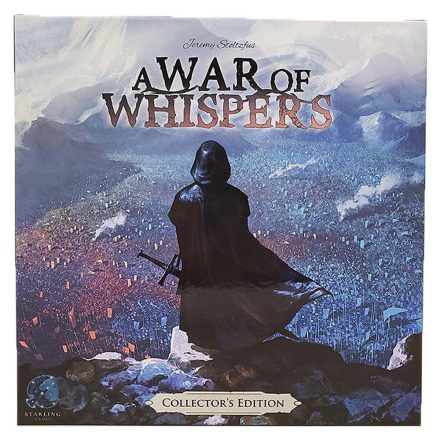Century: Golem Edition – An Endless World brings crystal traders face to face with primordial golems predating human existence. These golems are incredibly powerful and ever eager to assist. As the world continues to unfold itself to players, you will discover how endless the fun will be!
Game Mechanics:
- Set Collection
- Variable Set-up
- Worker Placement
Game Specifications:
- 2 – 4 Players
- 30 – 45 Minutes
- Difficulty Weight 2.17









